Discussion on breaking into editorial fashion photography
A reader sent me these questions regarding getting work in editorial fashion photography, politely asking me for any feedback. I though that they were specific enough that they’d be good discussion starters, and I stress, discussion, b/c as usual, I neither want to be didactic nor pedagogical here…or anywhere really – it comes with too much responsibility. Furthermore, as a man much wiser than myself once stipulated: there’s no right answer in this field…but there are certainly wrong ones. So take what bits help, leave the rest, and add what you will.
Q: “What were some of the first paid mag assignments and how did you get them? Do you really think it is a pyramid process where you have had to start small and then work your way up? Or do you think it is better to get your book seen and higher level mags?”
A: It’s not really this clear cut. First off, until you’re major, forget including magazines and getting paid in the same thought, especially for fashion. You’re probably going to have to foot most of the costs for these shoots.  A lot of people ask about this and look stupefied when I respond there is no pay, but here’s the thing: 1) this work should be the some of the most exciting and fun work you do professionally, and, 2) you need to look at it as part of your advertising budget, as it’s years of meager but fun editorial work that is going to build you and make you known, generally. The exception to no budgets is regional magazines out of smaller cities. B/c they don’t have the immense, transient talent pool to milk like the A-markets, they tend to have some money to motivate with. They can be a good place to get your feet wet with the whole process.
Now, the actual act of breaking into it is SO different for everyone. Don’t look for a formula. Some people nail it and pick up right away. Some it takes decades and decades. I’d suggest not to expect the standard 2-3 year get in the black or close the door business model. It takes patience and attrition, but again, I think the part that a lot of people leave out when talking about how hard it is is that it is also a lot of fun if you love pictures and fashion.
As for showing work, well, in retrospect I think I showed too much work to too many people early on. Then one day I realized where I stood (an important and difficult piece of perspective to develop). After that I totally backed off and spent three years tuning things. I’m still tuning, but now, I show work to very specific magazines (basically ones I think would be a good fit), but even then I don’t show or hustle as much as I should. Alas, I’d rather spend the day out shooting on the street. I know people that live for the hustle and bustle and networking though. They don’t really do better or worse; it is simply different personalities and different ways of going about things. I think at the end of the day, if you’re consistently present in a good market and you’re getting work out, and it’s good work, people will notice. But don’t be surprised if it takes 2 years or so of subtle schmoozing and boozing to get into a magazine. And then don’t be surprised if they use you once and never again. It happens. Lots and lots and lots of politics. I personally ignore that as much as possible for my sanity and concentrate on good pictures. Again, though, this is just me, and I’m by no means a staple fashion photographer. I love it, but I also have my own perspective that makes me do things my own way. I suggest the same to anyone, just for life in general. Be good and honest and deliberate about it.
And, if in doubt, as a prison guard told my kid brother at a Med/Max prison while he was standing with a fearing-for-his-life gaze across his face: “Mitchell, keep moving, and look like you know what you’re doing.”
Finally, on this point, I think there is a common misconception of making it, so to speak. As you get further in your career, I think you can rest a bit on some fronts, but I don’t think you can ever back-off. Many of the big guys that line the rosters of the big reps work at this stuff as tirelessly as they did when they were young. It’s an illusion that they’re sitting back and the work is rolling in. The business is constantly shuffling and reorganizing, and everyone is trying to get ahead or hold their spot, no matter if they just moved to the city from a small town or whether they’re on the roster of A&C.
Q: “For the original fashion stories in your book, how did you put them together? Did you find people off Craigslist willing to do work for free? I’m not really clear on how this process works when you are starting out and don’t have a “Name” or connections.”
A: Find MU and hair reps and call them, ask them for names of people who want to test. Find stylists assistants and ask if they want to test. If your not in a big city, my first suggestion would be to find a local modeling agency (the best one you can) and talk to them about testing. They’ll usually have connections with hair and MU people too. This part seems intimidating, but once you start doing it it becomes second nature to produce for yourself. One person leads to another. You jive with some, you don’t with others. Be up front that your testing, but if you love it and believe in your idea, others will get on board and work on it. Don’t be insulted if someone says, “I don’t test any more,” just politely ask them if they know of anyone who does. Over time you get better, and the people you work with get better.  It’s part of a process, and like I said, for editorial fashion starting off, there’s no money, so you eat rice and beans, you live in a small rooms, you learn to shoot cheap, you learn of networking while making friends, and you do everything you can to make it the best you can.
Q: “I read on your blog that you were in London a few weeks ago and read the article by Sebastian Kim. Do you think London is more receptive to young photographers than NYC or is it pretty much the same everywhere? Tough.”
A: Everywhere is tough. London and NYC are pretty tied, and the community is small enough that most of it is overlapping and people know of one another, but there are some differences. NYC has more money (or did ?), but it’s also much more commercial both business wise and aesthetically (think Vogue, Vanity Fair, etc. W is amazing, but huge. V is great, but still big name. etc etc.). London has a larger base of indie publications (Dazed, i-D, Tank), that tend to have more progressive work in them and more room for younger talent, b/c of this I’d argue it might be a better place to build a look and gather momentum. On the other hand, an advantage to NYC is I find that here everyone just wants to connect and work…at least amongst the younger crowd. People are excited to meet and give each other a shot, it’s a constant buzz. So it may be easier to get things going in that respect. While London, in my very very limited experience, has a bit tighter of a circle to get your foot into.
All these are generalizations. I’ve honestly not figured this part out yet myself, and am in a way still floating around trying to find magazines that fit. I thought of a move to London for the reasons above, but after being there for just a few days I realized how much the day to day energy and people of NYC inspire me…even the light in NYC is something I constantly watch and learn from…and those sort of thing’s, right now, are more important to me.
Hopefully this kicks off some discussion or thoughts.
Oh, and to keep you on your toes, to show you what I mean by “good” work, here are a few younger guys doing rad shit:
Sebastian Kim (w/ Jed Root),
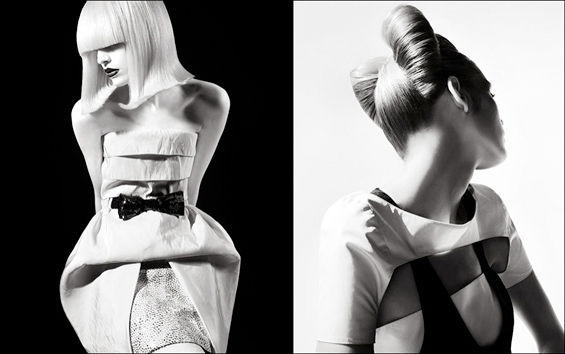
photo: ©Sebastian Kim.
Josh Olins (w/ CLM), (duder, way to go on pwning that first issue of LOVE),
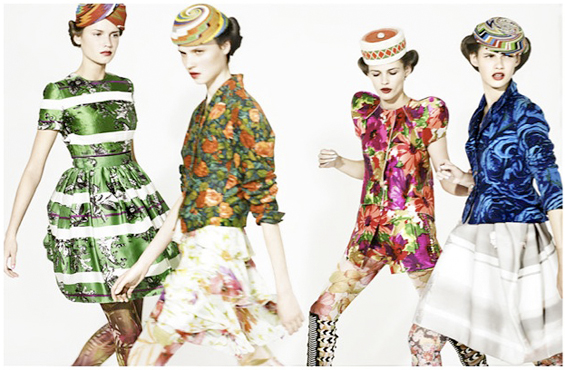
photo: ©Josh Olins.
Chad Pitman (w/ CLM),
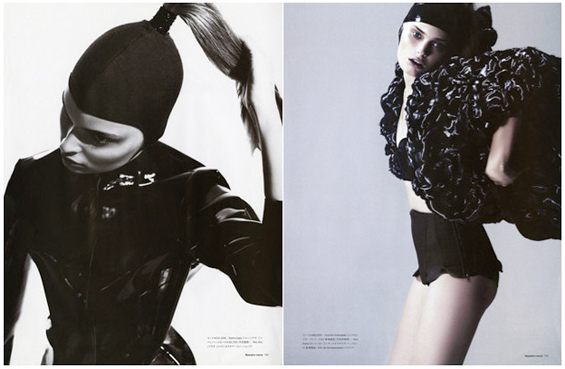
photo: ©Chad Pitman.
Benjamin A. Huseby (w/ Rep Ltd),
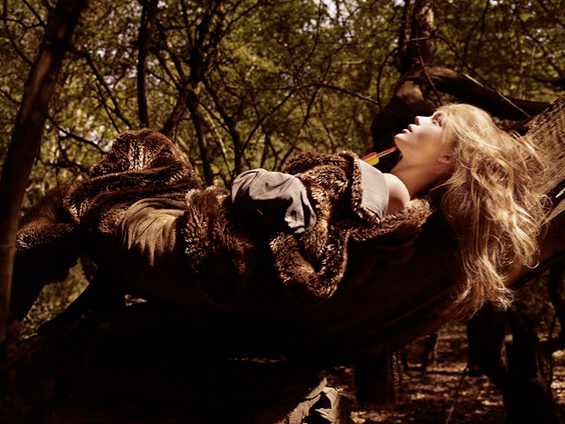
photo: ©Benjamin A. Huseby.
Chadwick Tyler,
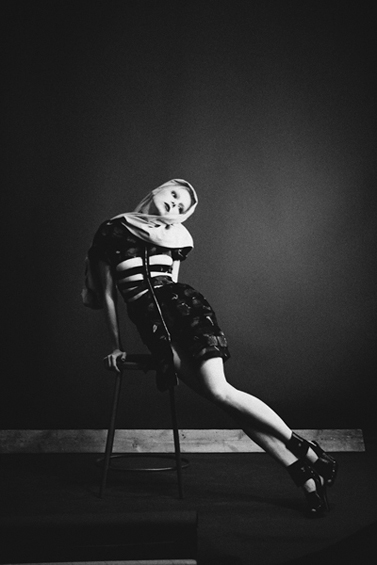
photo: ©Chadwick Tyler.
Thanks for your help. Sometimes I’m not really sure if I am asking for knowledge or more creative reinforcement/support. It worked!
Love, love Chadwick Tyler’s style.
Chadwick Tyler? You mean 5D digital photoshop filter guy? hmmmm. Does he really belong with Sebastian Kim and Josh Olins? What a JOKE!
John, I have absolutely no preference on how someone shoots or what with.
If you can translate that distaste in his process to an argument against his end-product, then we have a discussion.
As a london based fashion photographer I agree with much of what’s said here, there is no easy route into getting published in fashion photography but I would like to think if your work is of a high enough calibre and you are sufficiently proactive and self motivated then the rewards will come.
I was just thinking to come here and discuss Chadwick’s work and I find it’s all about him. I don’t like his pictures, but I recognize them for being quite good. Let’s compare his pictures to that of his mentor Paul Rowland. Both employ similar moods. Paul has all the cash in the world, all the top models, he’s got the biggest studio at the pier, sets, lights, time, everything, and his pictures still provoke little respect/admiration in the industry. Chadwick, on the other hand, doesn’t have much, but he’s got people going after him in every direction. That’s provocation! Chadwick’s got something. I don’t think all his position are particularly smart, but I think Chadwick’s good. He’s turning out spirited work that’s better than a lot of big money portfolios. I wouldn’t hire him because he rubs me the wrong way, but he gets my props.
On the subject of the camera Chadwick uses, John Jaravata, I suppose you’ve found that special axe that makes you unique, huh? Were you that guy who was against Hasselblads in the pre digital days? What a joke. Thanks for making my night.
Almost in closing, this is a very telling comments section. Nobody has anything to say about Josh or Sebastian. These two excellent craftsmen are air-tight. What is there to say really? I think people see these guys as having popped out of the womb fully formed, and no one really roots for them because of this. Meisel had the 80s to shoot weird, ego driven location stories and strange seamless work, all with low production values, before he was the top. No such fascinating progression in the new kids club. That goes for Chat Pitman, too, though his angle isn’t quite as historically slick and hungry.
What is it about Chad Pitman that makes him seem like the powderpuff of this group? He’s like the dreamer not the striver. The other guys wear their ambition on their sleeves.
Benjamin A. Huseby doesn’t belong in this line-up, so there’s nothing to say. He’s probably a Nikon guy, right John Jaravata! Just kidding.
thanx Graem! inspired me to get off my ass…
Actually Graeme, how do you fund your personal shoots? do you try and sell these pics to magazines? Are you with an agency? how’d you get in with them and can they actuallly supply you with work, or are you going out finding it yourself? Thanks, i’m really diggn your blog, you’ve got some groovy stuff.